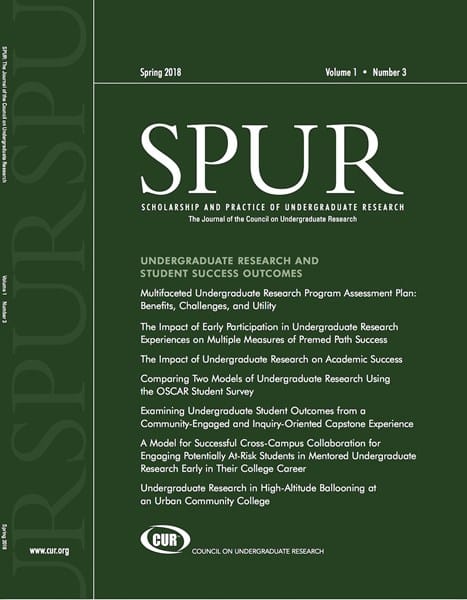SPUR (2018) 1 (3): https://doi.org/10.18833/spur/1/3/6
This article discusses George Mason University’s locally developed assessment survey instrument, the OSCAR Student Survey, in which students self-report on learning outcomes, attitudes, goals, personal and professional growth, and satisfaction items. Development of the instrument is discussed, as well as the methods used to achieve construct validity. Results are compared from 2013–2016 student participation in the individually mentored Undergraduate Research Scholars Program (URSP) and Mason’s Research- and Scholarship-Intensive (RS) courses, which are capstone-style research courses for seniors. Both groups reported highly positive attitudes and experiences overall, yet an independent samples Mann-Whitney U test revealed that URSP students reported significantly more positive attitudes about doing research, and more personal and professional development at the end of their experience. URSP students reported dramatically higher rates of learning on several inquiry outcomes. Limitations and implications for use in program assessment are presented.
More Articles in this Issue
No posts found


